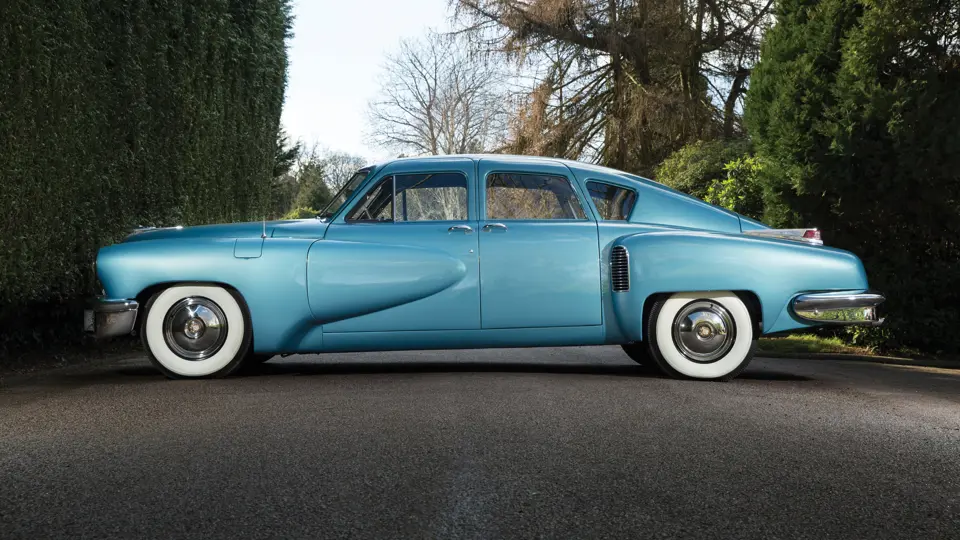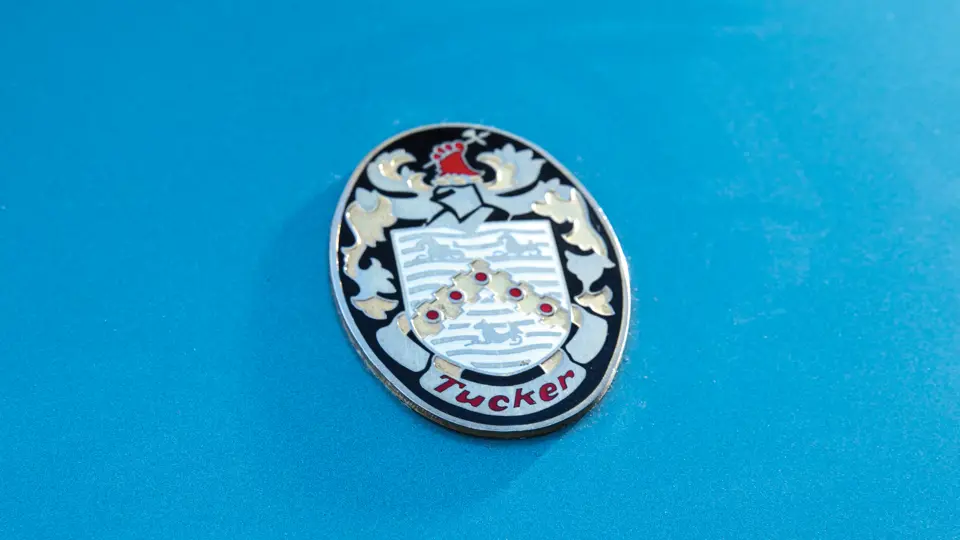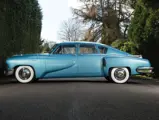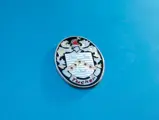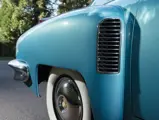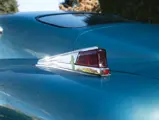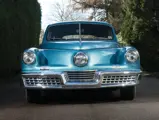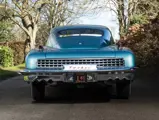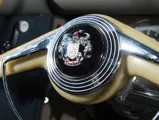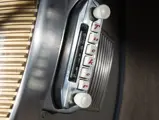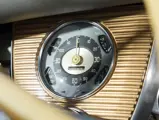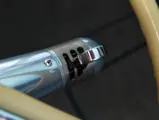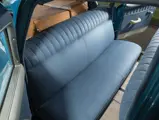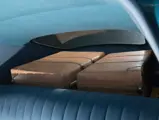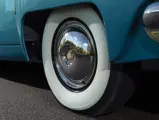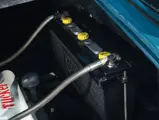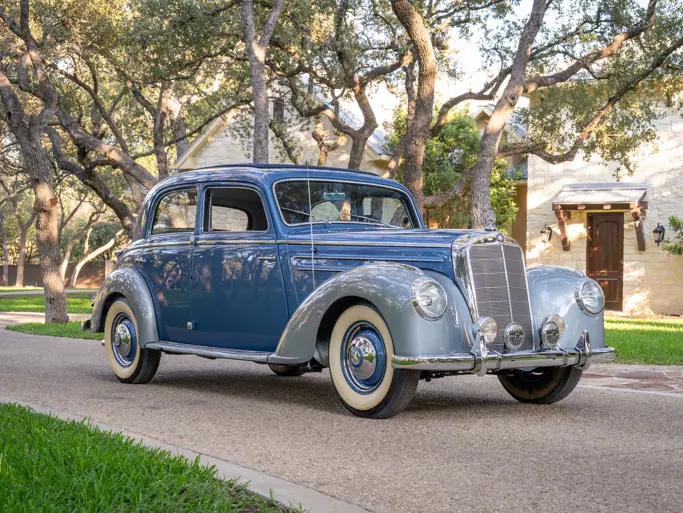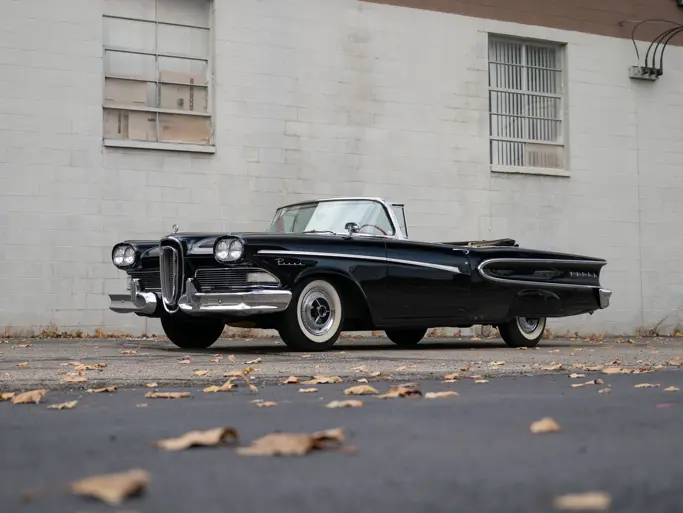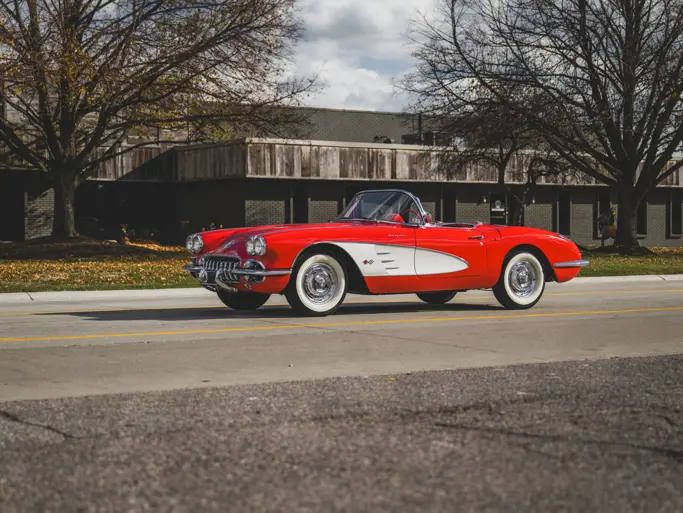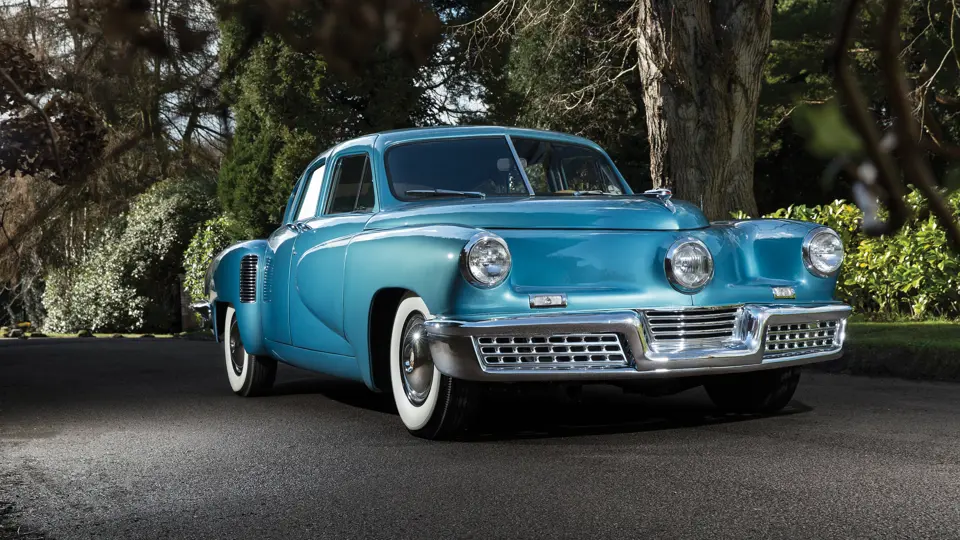
1948 Tucker 48
{{lr.item.text}}
€1,344,000 EUR | Sold
{{bidding.lot.reserveStatusFormatted}}
- An authentic original example of an automotive legend
- Formerly of the Nick Jenin, Gene Zimmerman, and Bob Bahre collections
- Recipient of an outstanding four-year restoration to original condition
- Documented by Tucker historian Jay Follis
- Featured in Classic & Sports Car magazine
- The only Tucker in Europe
166 bhp, 335 cu. in. OHV horizontally opposed six-cylinder engine, Tucker Y-1 four-speed pre-selector transmission, front and rear independent suspension, and four-wheel hydraulic drum brakes. Wheelbase: 3,302 mm
“FIRST COMPLETELY NEW CAR IN 50 YEARS”
Road & Track magazine’s founder John R. Bond once said, “A little knowledge about cars can be dangerous.” Preston Thomas Tucker was an industry veteran with a lot of knowledge about cars, and he used that knowledge to dream bigger than just about anyone else in the United States automobile industry after World War II. The reasons why he did not succeed remain controversial, but success is not only measured in dollars and production numbers; it is also measured in lasting memories. For many, the Tucker 48 remains a rolling symbol of the American dream and one of the most advanced early post-war automobiles.
Tucker’s concept for his car was revolutionary. He intended to use a Ben Parsons-designed rear-mounted engine with all-independent Torsilastic rubber-spring suspension and disc brakes on all four wheels. Drive was to be by twin torque converters, one at each rear wheel. The body design was penned by former Auburn Automobile Company designer Alex Tremulis, and it incorporated numerous safety features that Tucker promoted, including a windshield that would pop out in an accident, a wide space under the dash pad into where front-seat passengers could duck before a collision, and a centre-mounted third headlight that would turn with the front wheels.
Early in the production cycle, however, the Tucker saw some of these dreams evaporate. The safety features survived, but the Parsons 589 engine and direct torque converter drive proved impractical. Tucker purchased Air Cooled Motors, a New York manufacturer of small aircraft engines, and reworked their product for water cooling. He installed it in his car, along with a four-speed transaxle borrowed from the Cord 810 and 812.
Eventually, 51 examples of the Tucker 48 were assembled, and of those were the original “Tin Goose” prototype and 50 pilot-production cars. Public acclaim and desire for the new design was at a fever pitch, but unfortunately, it was all for naught. The Tucker Corporation came under the scrutiny of the U.S. Securities and Exchange Commission. The wheels of government ground slowly, and by the time Tucker and his executives were eventually declared “not guilty” in early 1950, the public had lost faith and Tucker had lost his factory. The car once nicknamed “the Torpedo” had been, effectively, torpedoed.
A little knowledge about cars can be dangerous, but it can also result in something so full of passion and fascination that it can survive bureaucracy and time to become an icon of its age and the ultimate validation of its creator.
TUCKER NUMBER 1049
Serial number 1049 was the next-to-last Tucker officially built at the factory in Chicago and the last to be completed with an engine; number 1050, the last car built, lacked an engine, transmission, and rear fenders when sold. As one of the final eight Tuckers produced, the car was actually assembled by former Tucker employees who, faithful to their employer, had returned to the factory and completed the cars on their own time after production had officially ended.
Along with 25 other Tuckers and the remaining assets of the company, serial number 1049 was sold at the factory bankruptcy auction in Chicago in late October 1950. The original owner is believed to have been Ezra Schlipf of Metamora, Illinois, an International Harvester dealer who had signed up to sell Tuckers. When the company failed, Schlipf became one of the foremost bidders at the bankruptcy auction and for some time afterward was the “go-to” person for new old-stock Tucker cars and parts.
Schlipf sold Tucker 1049 to Nick Jenin of Fort Lauderdale, Florida, in 1952. Jenin had become fascinated with Tuckers and realized that public interest in the company and its demise was such that people would pay to see them. Accordingly, he bought up every Tucker he could find—10 in all—as well as a hoard of memorabilia, forming an exhibit dubbed “The Fabulous Tuckers,” which toured the United States, appearing at various home shows and festivals during the early 1960s. Jenin’s exhibits kept the Tucker in the public eye and contributed to the enthusiasm for the cars that continues today; many of today’s Tucker enthusiasts can trace their love of the cars back to “The Fabulous Tuckers” appearing in their hometown.
By 1964, Jenin’s interest—and, presumably, profits—had waned, and he began to sell his cars off. Serial number 1049 was sold that year to Gene Zimmerman, who similarly deftly recognized the potential of the Tucker as a tourist draw. The car was the star of Automobilorama, Zimmerman’s personal car collection opened as a museum next door to his Holiday West Hotel in Harrisburg, Pennsylvania. The newest automobile in the Zimmerman collection by a decade, the Tucker rapidly became a visitor favourite and was displayed at his museum until its closing in 1978.
That year, Zimmerman sold many of his best automobiles—the Tucker among them—to renowned collector Bob Bahre of Oxford, Maine. Known for his exceptional taste and eye for the finest examples of the world’s great automobiles, Mr Bahre seldom parts with a car from his collection. By the early 1980s, however, he had elected to sell the Tucker to the well-known German–American racing driver Lothar Motschenbacher. By the time he had acquired the Tucker, Mr Motschenbacher had retired and opened a highly regarded Mercedes-Benz restoration facility in Santa Ana, California, turning out numerous award-winning automobiles.
Between 2003 and 2007, the car underwent a four-year rotisserie restoration to original condition, including being refinished in its original colour of Waltz Blue. Immediately after the conclusion of the restoration, it was sold to the present owner, a distinguished British collector. In his ownership, it has been awarded multiple honours at major shows in the United Kingdom, most prominently Best in Class at the 2008 Goodwood Festival of Speed Concours d’Elegance, and it was also the subject of a spectacular eight-page feature published in the June 2008 issue of Classic & Sports Car magazine.
Tucker number 1049 is accompanied at sale here by a fascinating bound report from Tucker historian Jay A. Follis, which is recommended reading for potential buyers, and includes fascinating historic photography of the car as well as a detailed history of both this vehicle and the Tucker company. As the only Tucker in Europe, it marks the sole opportunity to acquire one on this continent and a worldwide opportunity to acquire an outstanding restored example with significant documented history.
It is as true now as it was in advertising in 1948: “Don’t let a Tucker pass you by”.
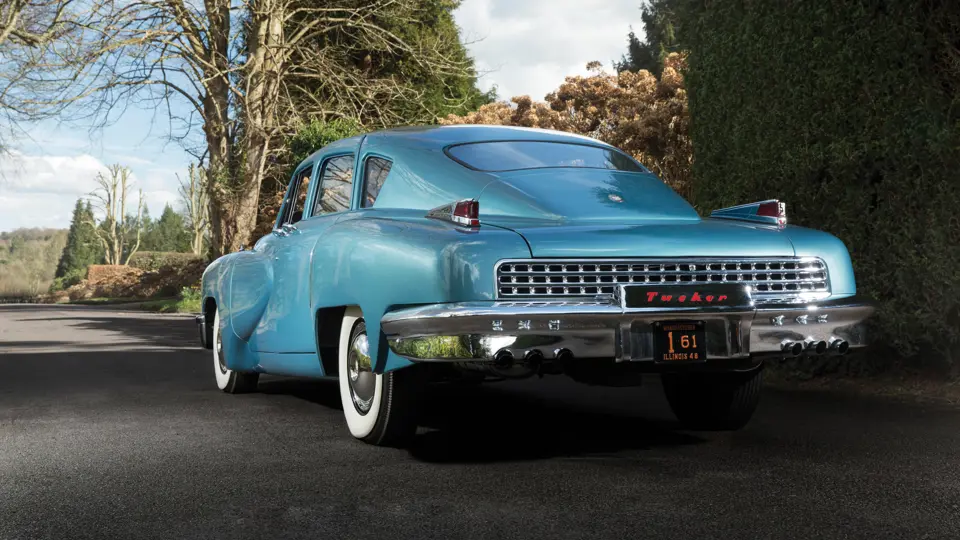





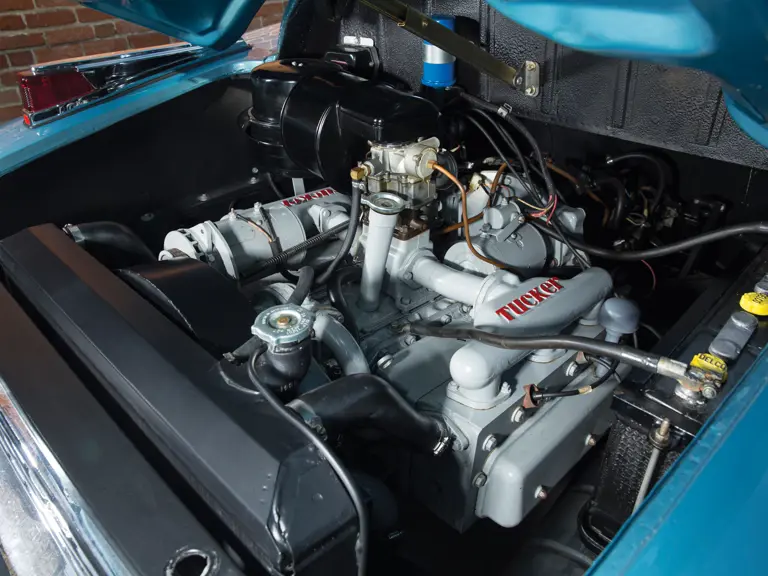


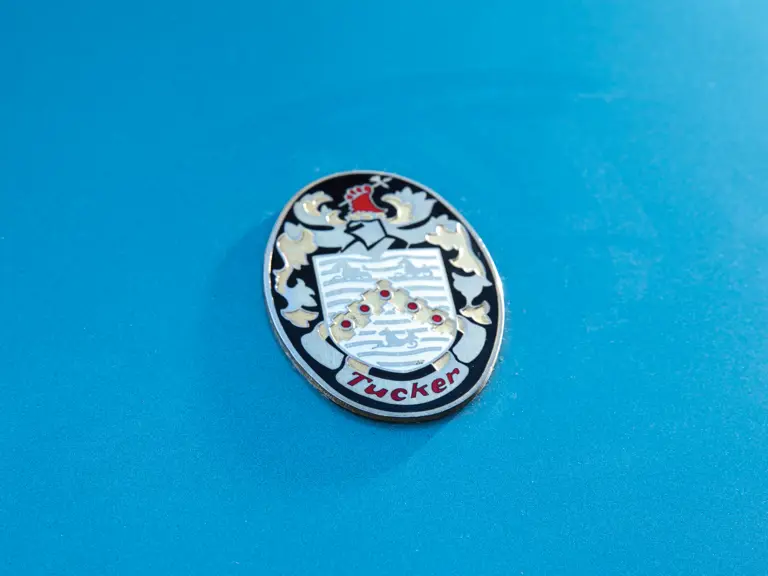

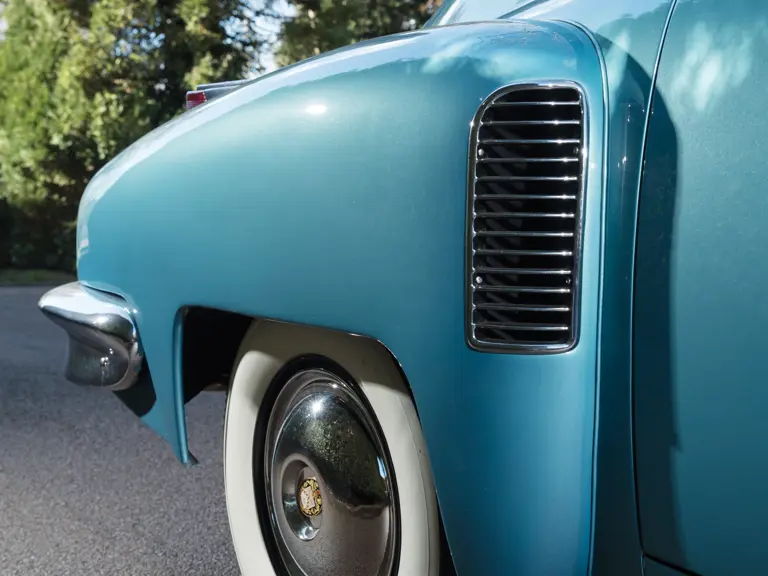

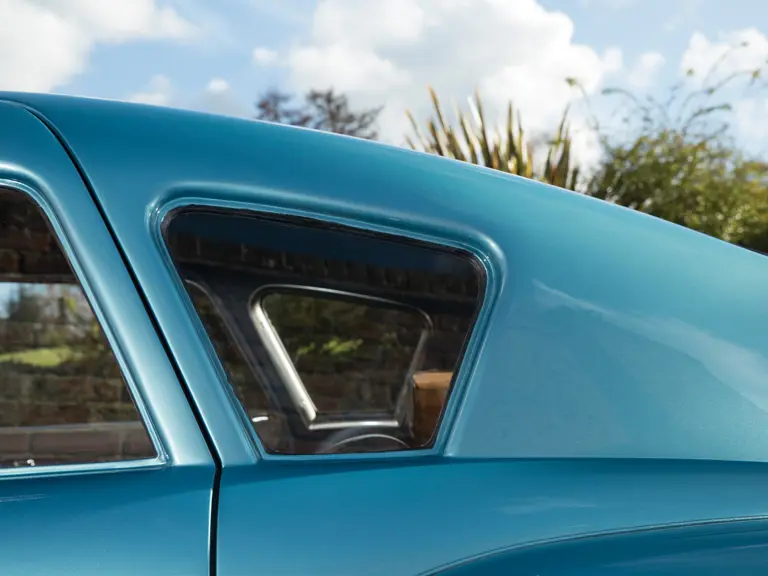
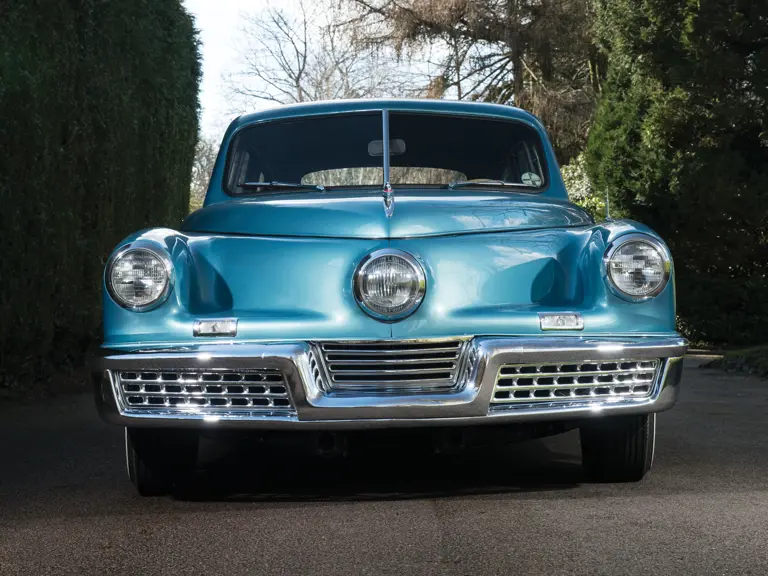

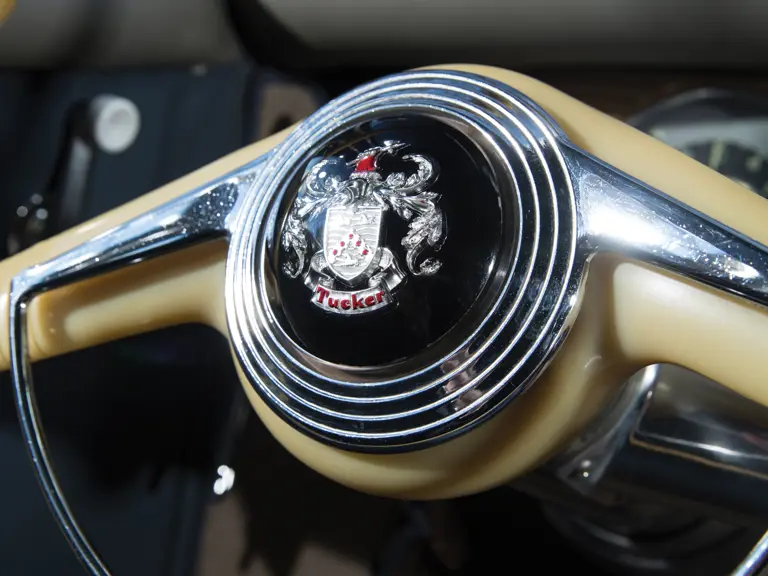

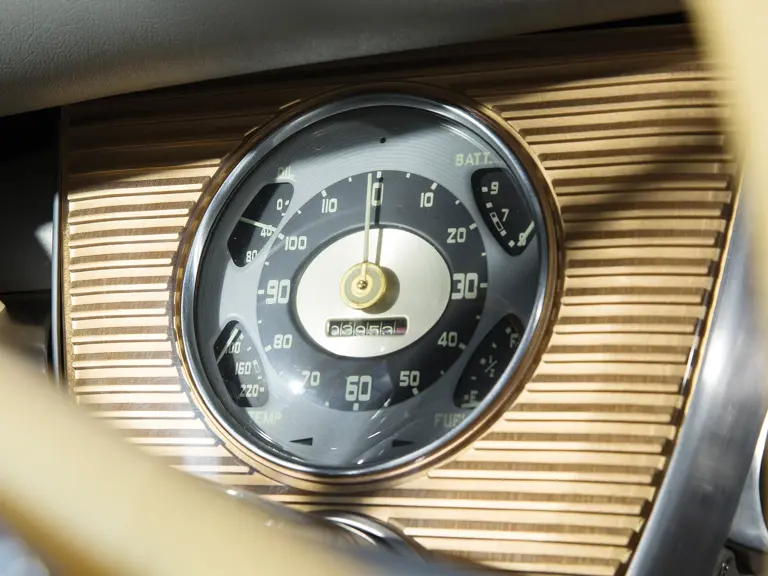
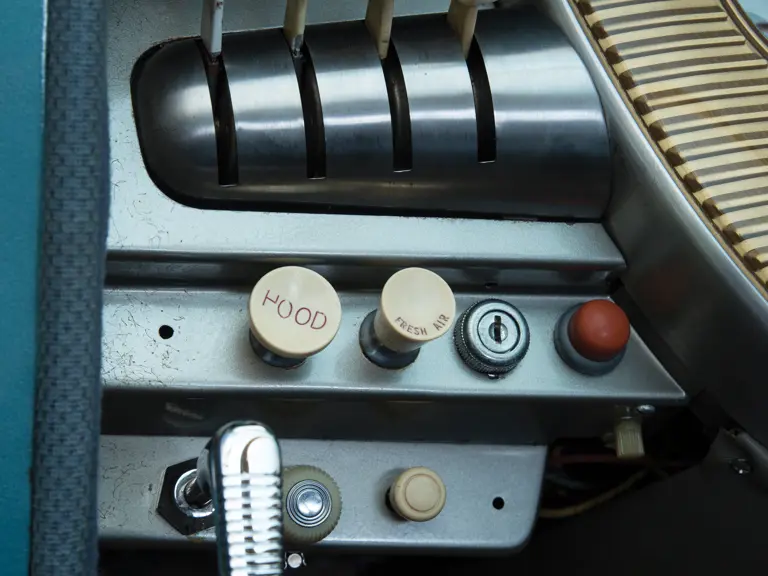
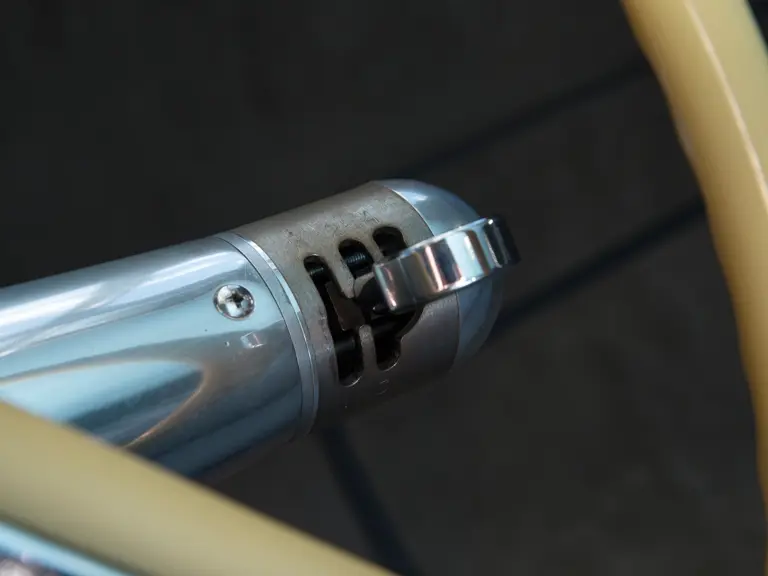

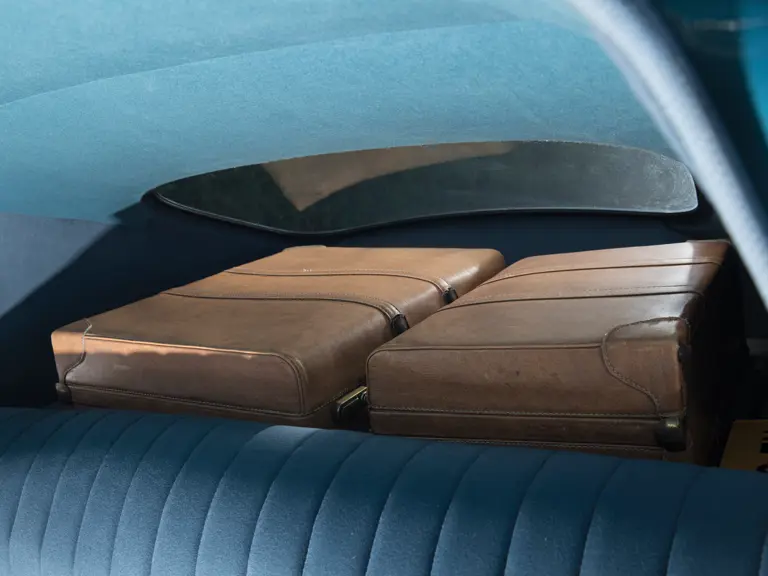
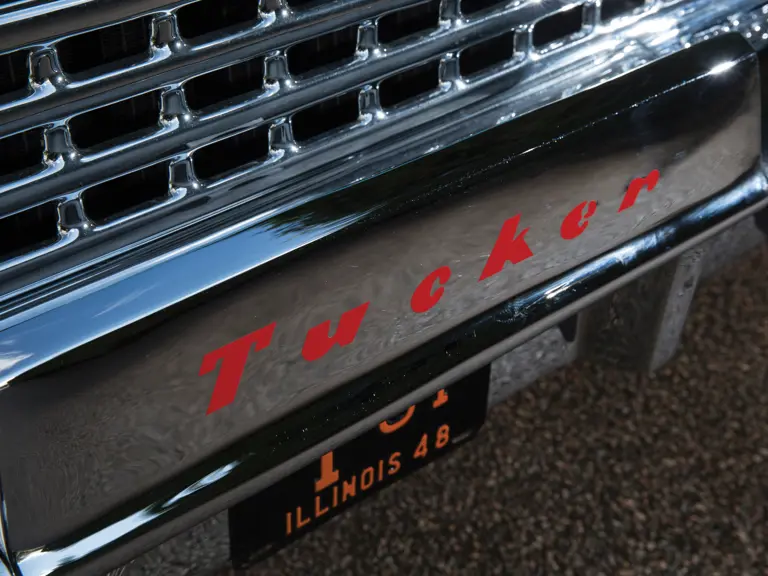
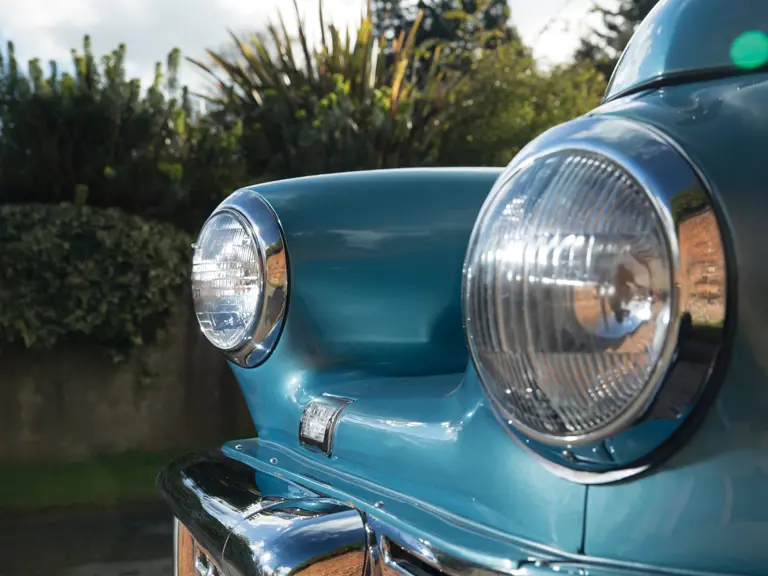
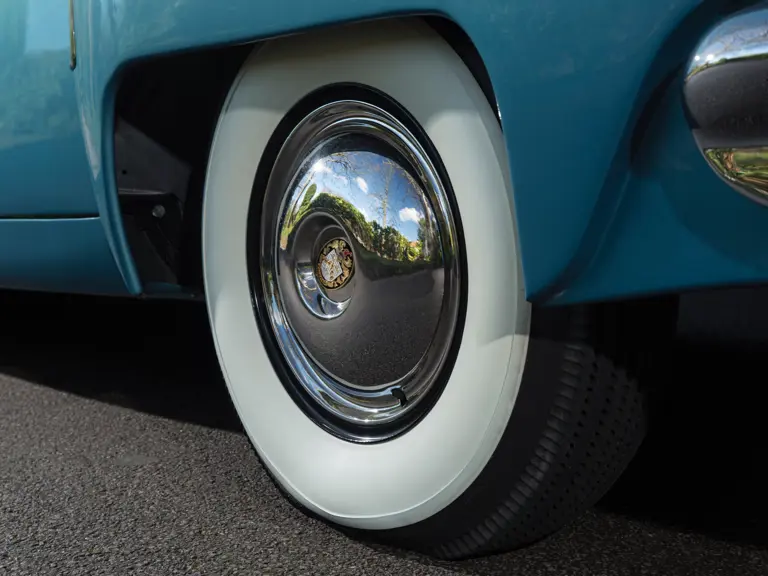


 | Monte Carlo, Monaco
| Monte Carlo, Monaco
